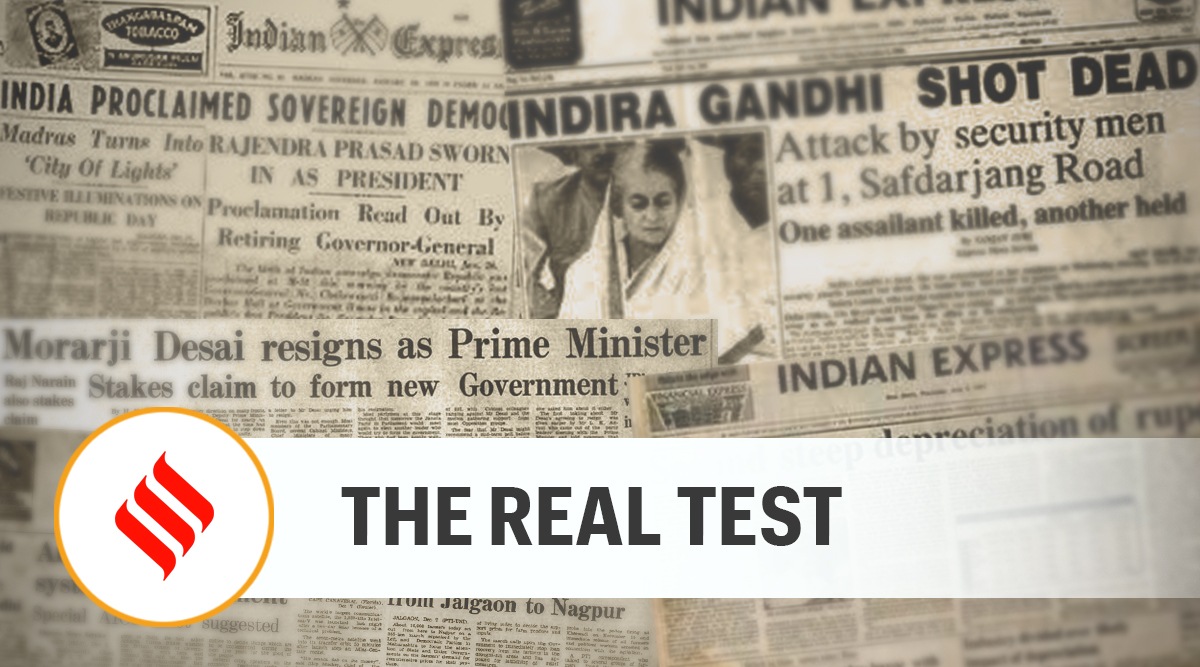 The National Testing Agency (NTA)’s task will be to ensure a less mechanical way of screening applicants and assessing the aptitude for college education.
The National Testing Agency (NTA)’s task will be to ensure a less mechanical way of screening applicants and assessing the aptitude for college education. The irrationality of a system of high marks, higher cut-offs and an assessment system that rewards unimaginative, rote learning has, for long, taken a toll on students and educators. The compulsory common entrance test for admission to undergraduate courses and colleges under central universities is, therefore, a welcome first step in fixing a broken system. For one, the Class XII board examination results will no longer have a bearing on admission to these 45 universities, flattening out the differences in assessment practices across various boards. The accompanying end to absurd outcomes such as 100 per cent qualifying marks for prized courses in Delhi University comes not a day too soon. Second, students can opt to write the Common University Entrance Test (CUET) in any of 13 languages, which levels the field significantly. Third, it spares students from the expense and hassle of writing multiple entrance examination tests. But, for all those pluses, the entrance test is not a magic bullet to the complex challenge of equality and quality in higher education.
A lot will rest on the structure of the test, and the goals with which it is designed. The National Education Policy, while recommending just such a reform in the university admission process, had called for “a high-quality common aptitude test, as well as specialised common subject exams … that test conceptual understanding and the ability to apply knowledge and shall aim to eliminate the need for taking coaching for these exams”. The apprehension that the CUET can be gamed by a super-nimble coaching industry is not unfounded. The National Testing Agency (NTA)’s task will be to ensure a less mechanical way of screening applicants and assessing the aptitude for college education. The unreasonable cut-off must not be replaced by another test score. Neither, after all, is a foolproof measure of ability. Nor should 12 years of schooling be completely disregarded in the admission process or reduced to the performance in a make-or-break examination. The government and the school boards must find a way to give weightage to a child’s schooling career.
Finally, a single piece of reform must not obscure the larger, structural reasons for the crisis. In a young country, where education is tied up with the aspirations of people across classes, the demand for higher education is growing, as is evident in the 11 per cent rise in gross enrolment between 2015 and 2020. The number of quality higher education institutes has not kept up, resulting in lakhs of applicants for a few universities and elite colleges — and leaving out vast numbers without the education they deserve. For the government, that’s the urgent task that demands attention and resources. Without an expansion in education infrastructure, more private and public investment in colleges and universities, the majority of young people will continue to be saddled with sub-par education that sets them up for unemployability and frustration. That’s a crucial test for the future.
This editorial first appeared in the print edition on March 23, 2022 under the title ‘The real test’.
- The Indian Express website has been rated GREEN for its credibility and trustworthiness by Newsguard, a global service that rates news sources for their journalistic standards.

